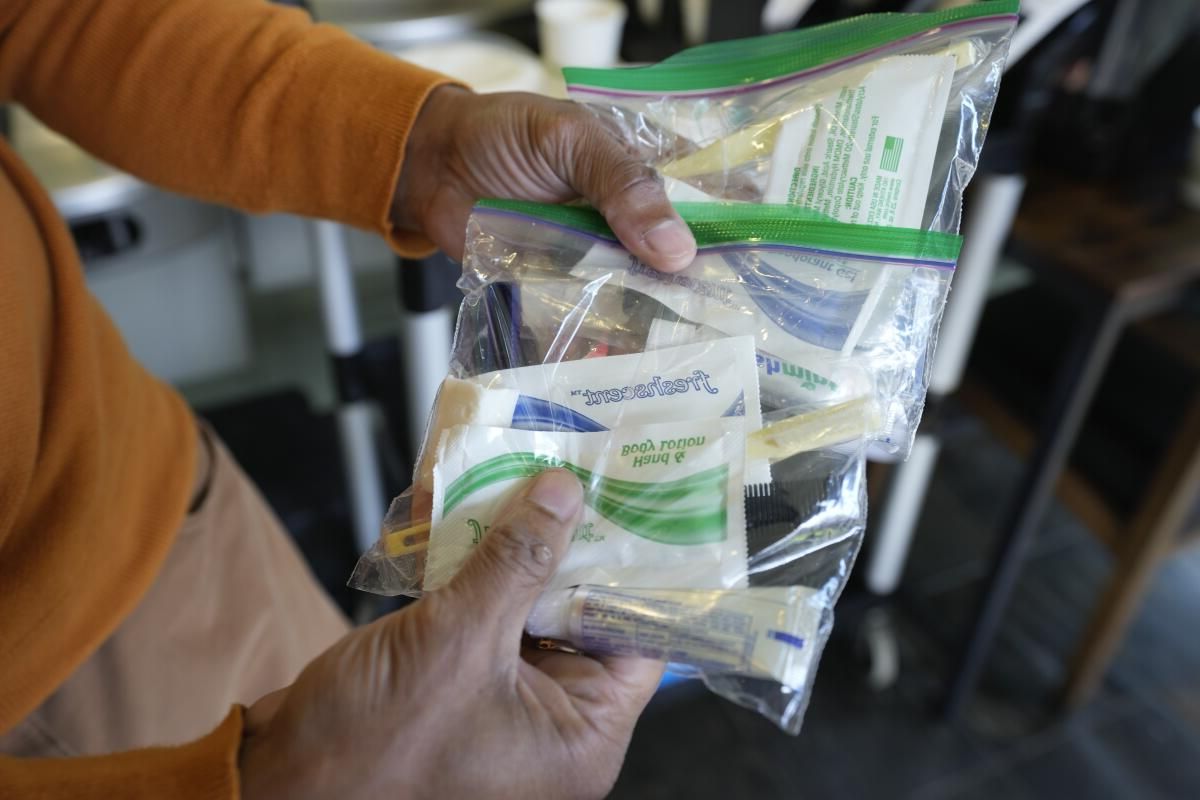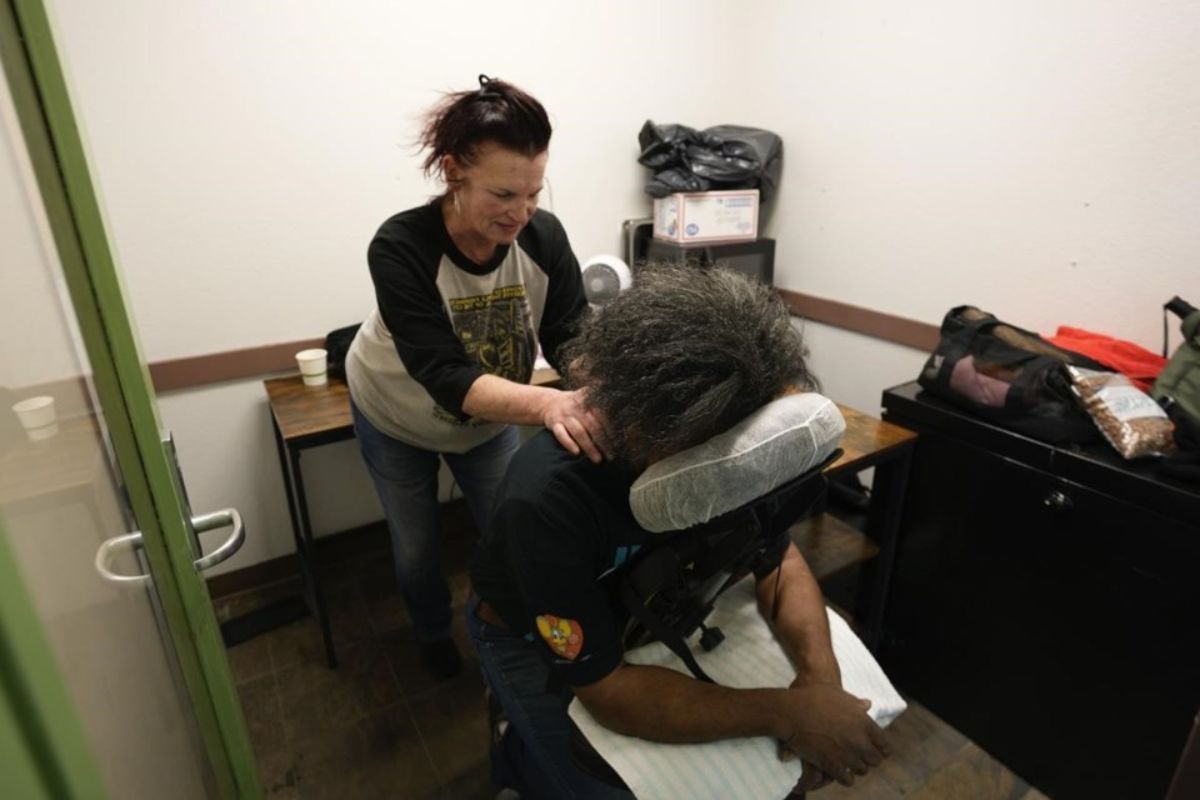Concerns Arise Over California Homelessness: As you wander the bustling streets of California, the shadows of towering buildings seem to echo the silent struggles of those without a place to call home. The recent proposition aimed at addressing homelessness has sparked a heated debate, with concerns looming over its potential to worsen the crisis.
While some argue for the urgency of the governor’s proposal, opposition voices raise valid points about its implications. Delve deeper into the intricacies of Proposition 1 to uncover the complexities surrounding this contentious issue and its impact on the most vulnerable in our society.
Key Takeaways
- Proposition 1 aims to address root causes of homelessness by focusing on mental health and substance abuse issues.
- Concerns from social providers highlight fears of resource diversion impacting successful prevention programs.
- Balancing resource allocation between urban and rural areas is crucial for effective homelessness solutions.
- Collaborative discussions among stakeholders are necessary to address concerns and ensure long-term sustainability of homeless initiatives.
Governor Urgency and Opposition
Amidst Governor Newsom urgent push for Proposition 1 to tackle California’s homelessness crisis, opposition from various critics, including social providers, is raising significant concerns about the potential impact on existing prevention programs. Social providers, who work tirelessly on the front lines of homelessness prevention, fear that the implementation of Proposition 1 could divert crucial resources away from their programs, ultimately leading to a reduction in their effectiveness. These providers are deeply invested in the well-being of their communities and worry that any disruptions in funding or support could have dire consequences for those they serve.
While Governor Newsom’s intentions with Proposition 1 are undoubtedly noble, it’s essential to address the valid concerns raised by these critics. Balancing the need for new initiatives to combat homelessness with the preservation of existing successful prevention programs is crucial for creating a comprehensive and sustainable solution. Collaborative discussions between the Governor’s office and social providers could potentially lead to a more nuanced approach that addresses the concerns of all stakeholders involved.
Also Read: Health Department Update Kids Can Now Attend California Schools With Common Cold
Proposition 1 Details
Proposition 1 aims to repurpose funds originally designated for mental health services by redirecting revenue from a millionaire tax to address housing and programs for individuals struggling with homelessness due to severe mental illnesses or substance abuse issues.
Set for the March 5 ballot, this proposal requires counties to allocate 60% of these funds specifically towards housing and programs for individuals facing homelessness due to serious mental illnesses or substance abuse problems.
By focusing resources on this vulnerable population, Proposition 1 seeks to address the complex challenges that often contribute to homelessness among individuals with severe mental health issues or substance abuse disorders. This targeted approach aims to provide support and resources that can help individuals stabilize their lives and work towards recovery.
Through this initiative, there’s an opportunity to create a more comprehensive system of care that addresses both the immediate housing needs and the underlying mental health or substance abuse issues that may be contributing to homelessness.
Concerns and Differing Perspectives
In light of the challenges faced by rural and urban counties under the single funding formula, concerns have been raised by Butte County officials regarding the potential impact on existing programs. The diverse needs of communities, like prevention services combating suicide and childhood trauma, could face funding cuts.
- Butte County officials worry about the possible reduction in funding for vital programs.
- The differing perspectives on Proposition 1 highlight the complexities of addressing homelessness.
- Balancing the allocation of resources between urban and rural areas is a significant concern.
- Ensuring that vulnerable populations continue to receive necessary support remains a top priority.
It’s understandable that stakeholders have varying viewpoints on how best to address the homelessness crisis. Finding a solution that considers the unique challenges faced by different regions is crucial for effectively tackling this pressing issue. As discussions continue, it’s essential to maintain a balanced approach that prioritizes the well-being of all individuals impacted by homelessness.
Emotional Impact on Community Programs
The emotional toll on community programs due to potential funding cuts under Proposition 1 is a pressing concern for organizations like the African American Family & Cultural Center in rural Oroville. This center, pivotal in providing essential services to the Black community, faces the grim possibility of closure. Its after-school programs and mental health support are lifelines for many individuals, and the thought of losing such vital resources is deeply distressing.
The impact of these cuts extends beyond mere numbers; it reverberates in the hearts of those who rely on these programs for support and guidance. The fear, uncertainty, and anxiety that loom over community organizations like this center are palpable, painting a bleak picture of what may come if Proposition 1’s effects aren’t carefully considered.
As these programs teeter on the edge of instability, the emotional weight borne by both staff and beneficiaries is a stark reminder of the human cost underlying budgetary decisions.
The Larger Context and Proposal’s Scope
Considering the evolving landscape of California’s homelessness crisis and the proposed scope of addressing it, a holistic assessment of the larger context is essential to understand the potential impact of Governor Newsom’s $6.38 billion proposition. This proposition aims to tackle the root causes of homelessness by providing housing units and expanding mental health and addiction treatment services. To grasp the significance of this proposal, it’s crucial to various aspects:
- Existing Programs: Evaluating how the proposition aligns with current homeless initiatives.
- Community Involvement: Understanding how local communities will be engaged in implementing the plan.
- Long-Term Sustainability: Assessing the proposal’s viability to create lasting solutions.
- Impact on Vulnerable Groups: Considering how the proposition will address the needs of specific at-risk populations.
Conclusion of Concerns Arise Over California Homelessness
As you consider the impact of California’s homelessness proposition, it’s crucial to acknowledge the valid concerns raised by various groups. While Governor’s urgency is understandable, opposition fears exacerbation of the issue.
It’s important to listen to differing perspectives and address the emotional impact on community programs. In the larger context, the proposal’s scope must be carefully evaluated to ensure it effectively tackles homelessness without unintended consequences.
Your empathy and understanding can contribute to finding a balanced solution.
Our Reader’s Queries
What is the solution to homelessness in California?
Housing is the key solution to homelessness, and Permanent Supportive Housing (PSH) stands as an evidence-based intervention. PSH integrates enduring affordable housing support with comprehensive services, catering to individuals experiencing homelessness and others with disabilities.
Why does California struggle with homelessness?
The majority of California’s homeless population resides within the state. The primary reported cause of housing displacement is a decrease in income, commonly attributed to unemployment or reduced work hours.
What city in California has more homeless?
Oakland, California, holds the highest homelessness rate on this list. Notably, the counts for 2023 and 2020 encompass only sheltered individuals, excluding those who are unsheltered.
Does California give money to homeless?
Approximately 100 homeless individuals in California’s Los Angeles County and the San Francisco Bay Area received $750 per month for a year with no strings attached. The recently unveiled findings from the initial six months of the study examining the effects of basic income and social support interventions reveal how the recipients utilized the financial assistance.



